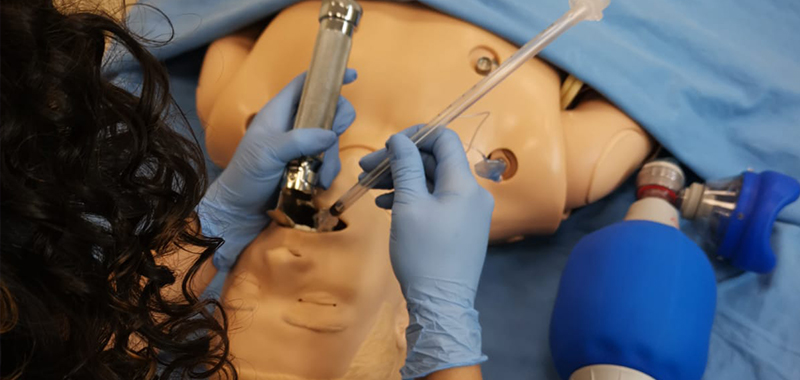
Advanced medical simulation is now a widely used method in all training phases of health professionals as regards the learning of technical and procedural skills and for the acquisition of non-technical skills likeorganization, communication and in general to improve teamwork and leadership skills.1,2,3
How can we be sure that the individual skills acquired by operators during simulation sessions in situ or at a simulation center lead, to an effective improvement of processes and systems?
This is a question often asked trough medical simulation experts. But let’s try to ask another question starting from a different basis: if we instead start to worry and focus more on the system needs, on the results we want to achieve in terms of improvement of healthcare rather than the achievement of skills by the group and individuals, what would happen?
These are the questions behind the foundation of the SAFETY project.
European data from World Health Organization (WHO, 2018), show that preventable medical errors and healthcare related adverse events occur in 8% to 12% of hospitalizations. Statistics show that systematic approach and new strategies to reduce the number of adverse events in EU lead to almost 1.000.000 medical errors per year, and in turn, to over 3 million fewer days of hospitalization and 100.000 fewer deaths per year.
The aim of SAFETY is to try standardizing the use of simulation in European healthcare learning process, reducing errors and adverse events trough training the staff during the university career, offering at the same time the opportunity to the professional figures to improve their knowledges and emergency management after the acquisition of their degree.
In the last four years, the University of Foggia has embraced this new teaching method, offering this learning possibility firstly to healthcare professionals (attending physicians, nurses) to make them become “simulation facilitators”, in order to improve the emergency-department teachings with the implementation of university courses with this methodology.
With the benefit of hindsight, the simulation learning approach has been fundamental to safely prepare healthcare professionals at Covid-19 pandemic, reducing errors and improving confidence concerning the use of protective equipment, the approach to an unknow pathology and last but not least to let the students continue with their education without compromising their and patients’ safety.4
Written by F. Barberio & R.R. Caporusso – Department of Anesthesia and ICU, University of Foggia, Italy
________________________________________________________



